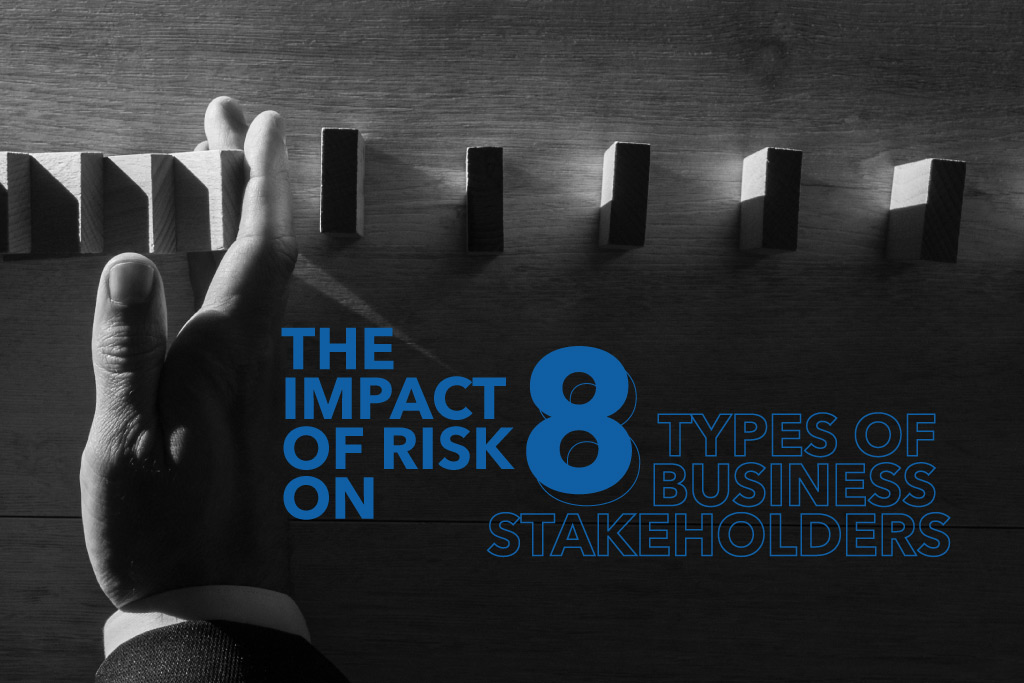I’ve been discussing stakeholders and communication for some time now without focusing on the key question: Why do stakeholders matter? Well, on most projects, stakeholders equate to risks.
There are a few risks that don’t involve people–inclement weather, for example–but 90 percent of the risks on most projects are caused by one or more people:
• Quality risks almost always occur because people do not follow or not understand processes.
• Design risks are usually the result of people not communicating.
• Time and cost risks typically tie back to the performance of people doing the work.
• Even inclement weather is influenced by people’s perceptions–what’s deemed “too wet to work” in a temperate climate may be seen as okay in a tropical monsoon climate.
People also determine if a risk is acceptable or not. Whether a risk is perceived as acceptable or not is 100 percent inside a person’s mind.
As project managers, our job is to reduce risks to a level that gives the project the best overall chance of success. Yet extreme risk aversion will kill a project more effectively than a gung-ho attitude.
Of course, what constitutes a sensible level of risk is totally dependent on the perceptions and risk attitude of your key stakeholders.
That’s why a central part of effective stakeholder management is ascertaining the risk attitude of your stakeholders. And then you must either adapt the project to fit within these parameters or provide the necessary information to help the stakeholder change his or her perceptions of what is acceptable.
The more that people feel they understand a situation, the more willing they are to accept risks.
Similarly, if you have a trusting relationship with someone, you’re more likely to rely on their capability to safely manage risks on your behalf.
The most useful risk management strategy you can use on your project is effective stakeholder management supported by good communication. What has your experience been?







Leave A Comment